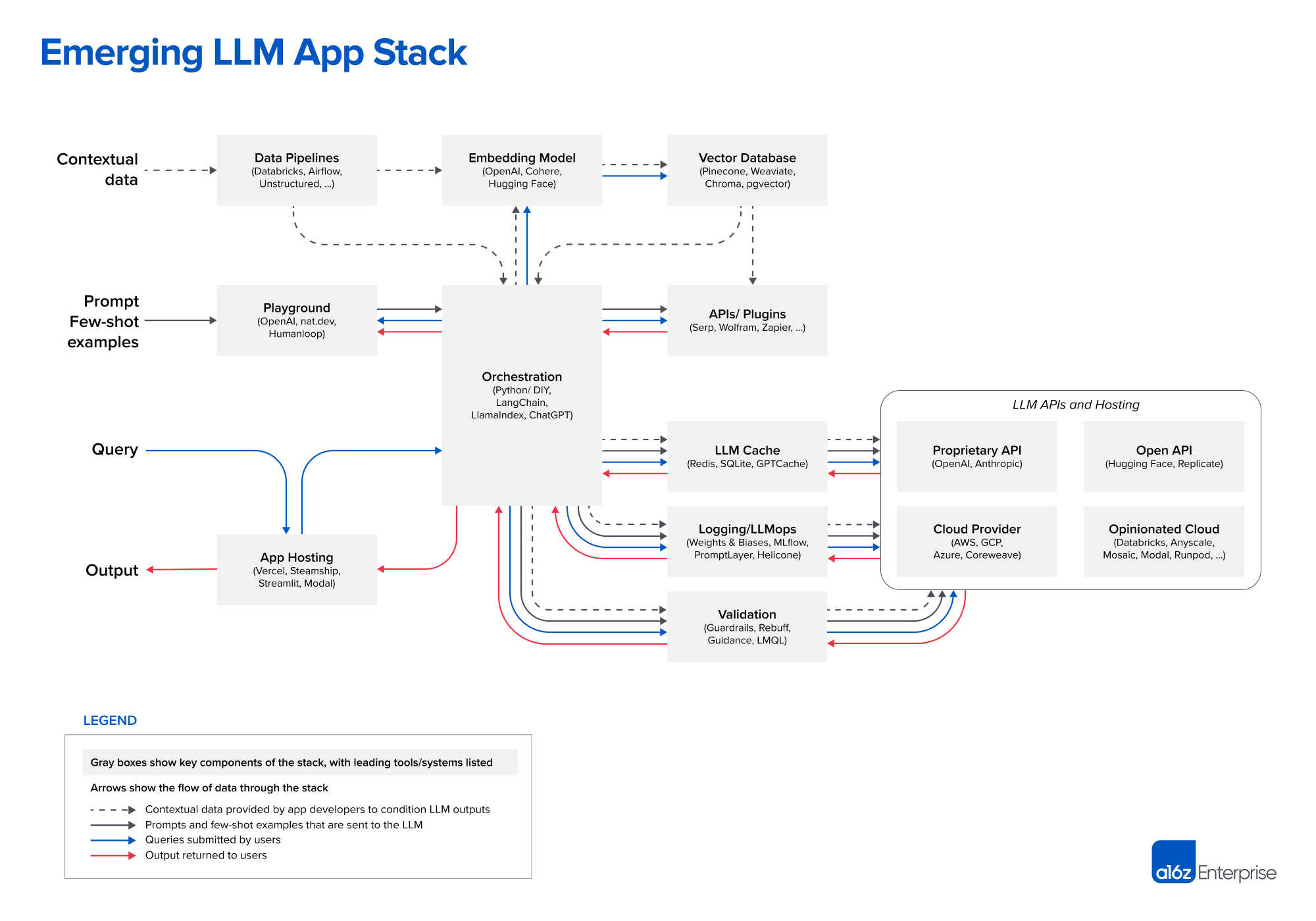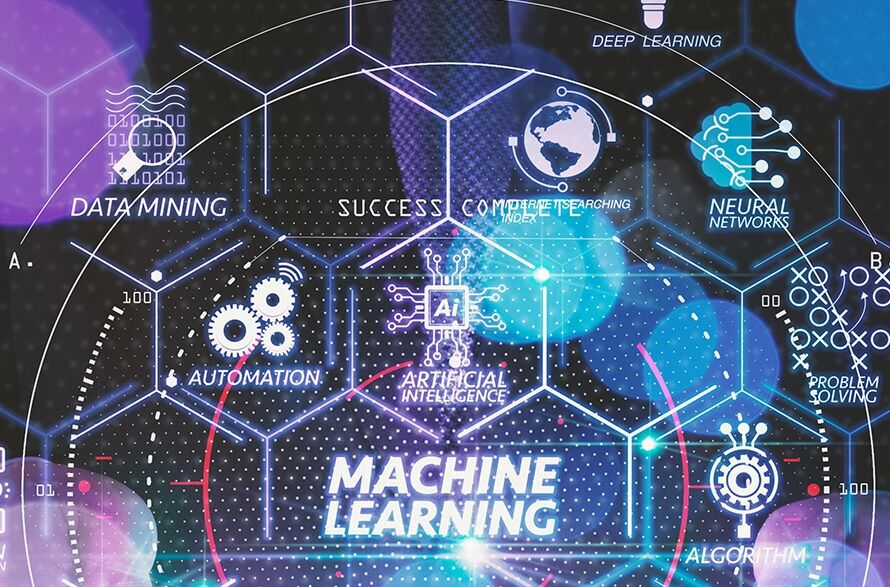Background
In 2023, Andreessen Horowitz published a fantastic architecture on building and deploying RAG-based LLM solutions (link here).

Inspired by their work, we’ve developed and iterated on the framework to better support the integration of both RAG and Agents in modern Generative AI applications.
Updated Reference Architecture for Agents & RAG
Below is our Updated Reference Architecture for Agents & RAG, designed to meet today’s requirements for flexibility, scalability, and interactive AI solutions.

Key Changes and Why?
Expanded the LLM APIs and Hosting and introduced Agents
Agents from Marketplace – Introduced a dedicated section for marketplace agents (e.g., OpenAI) to facilitate plug-and-play integration.
Custom Agents – Added custom agent support to enable tailored workflows and specific use cases.
Added Custom Models – Added a block to allow organizations to build and deploy custom models.
Internal/External Systems
Agents will interact directly with both internal and external systems, represented with a new block for seamless integration.
Orchestration
Enhanced the orchestration layer to include Routing, ensuring agents can operate efficiently across multiple workflows.
Interactive Experiment Playground
Generalized the playground to accommodate all configurations and experimentation by power users.
Replaced the “Prompt-few shot examples” label with Power Users, reflecting their expanded role beyond just prompts.
Legend
Updated the legend to include Interactions/Actions, representing any interaction type—be it scripts, function calls, or API invocations.
What’s Next
Let us know if you’d like more details! We can expand on any section, or you can simply ask your favourite LLM to customize this content for your needs.
Read More: A Practical Guide to RAG for Business Leaders
The Agents are coming. Are you ready to deploy yours?
At LUMIQ, we can help you deploy your own “army” of Agents. Want to know how? Reach out to us at [email protected].


